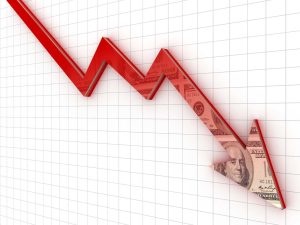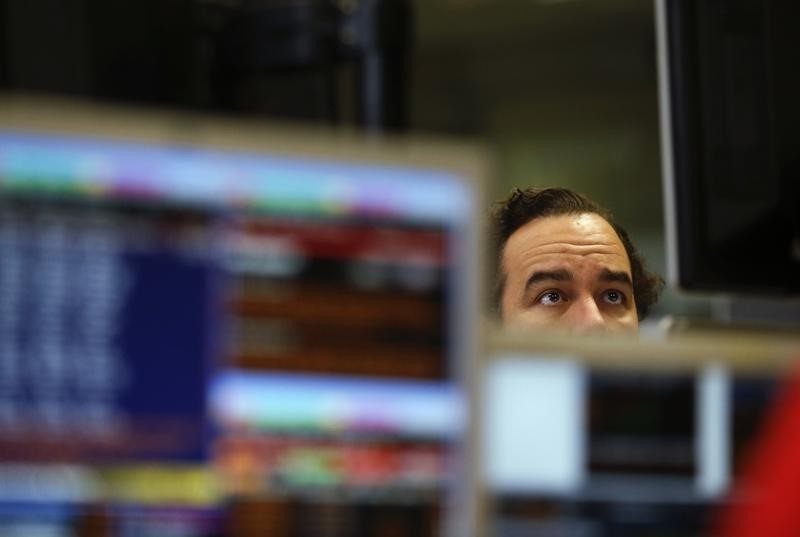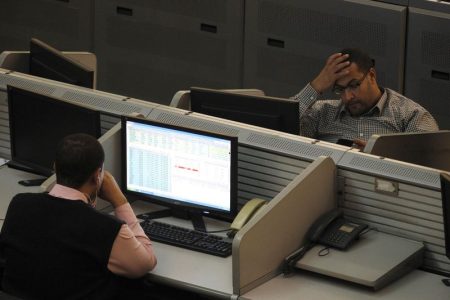© Reuters.
Envestnet (NYSE:), a leading provider of intelligent systems for wealth management and financial wellness, experienced a significant share price volatility during trading on Wednesday. The company’s shares tumbled from an opening price of $55.42 to lows of $33.55 on the New York Stock Exchange.
Despite the sharp drop, Envestnet’s stock is currently trading at $35.47, which is notably below its calculated intrinsic value of $57.92. This disparity suggests that the stock is undervalued, potentially offering an attractive entry point for investors. The company’s high beta, a measure of volatility, indicates that there may be further price drops ahead, creating additional buying opportunities.
Looking at the company’s financial outlook, future projections are optimistic with an anticipated 24% revenue growth, assuming current expense levels are maintained. This expected increase in revenue could lead to higher cash flow and an enhanced share valuation over time.
InvestingPro Insights
InvestingPro data shows that Envestnet’s market capitalization is currently at $1940 million. The company’s P/E Ratio is at -21.07, indicating that the company has not been profitable over the last twelve months. This aligns with one of our InvestingPro Tips, which states that the company has not been profitable over the last twelve months. Furthermore, the company’s stock has taken a significant hit over the last six months, with a 6-month price total return of -37.86%.
Two key InvestingPro Tips could provide more insights for potential investors. Firstly, management has been aggressively buying back shares, which can often be a sign of confidence in the company’s future. Secondly, despite the declining trend in earnings per share, analysts predict that the company will be profitable this year. This could potentially lead to a recovery in the stock’s performance.
For those interested in more detailed insights, InvestingPro offers a multitude of additional tips and metrics that can help investors make informed decisions.
This article was generated with the support of AI and reviewed by an editor. For more information see our T&C.
Read the full article here















